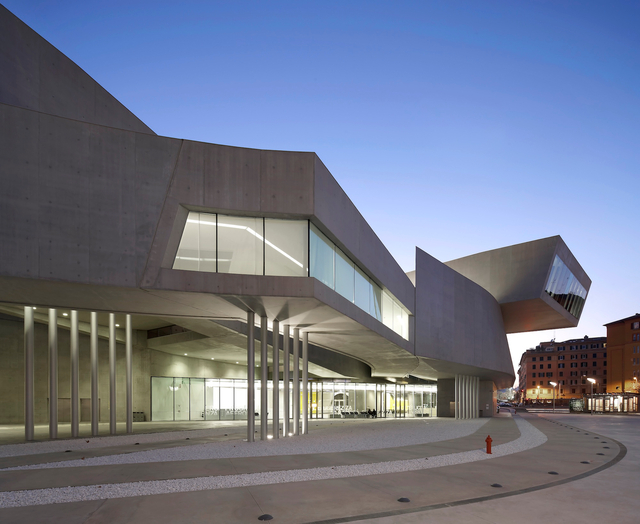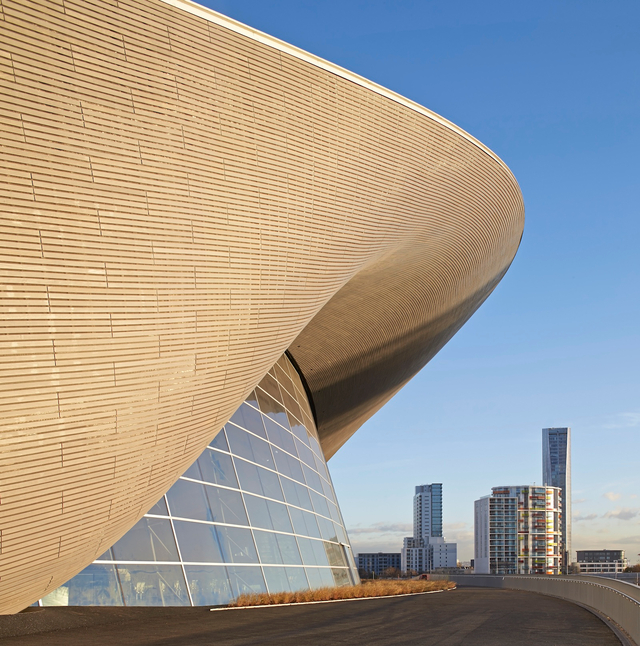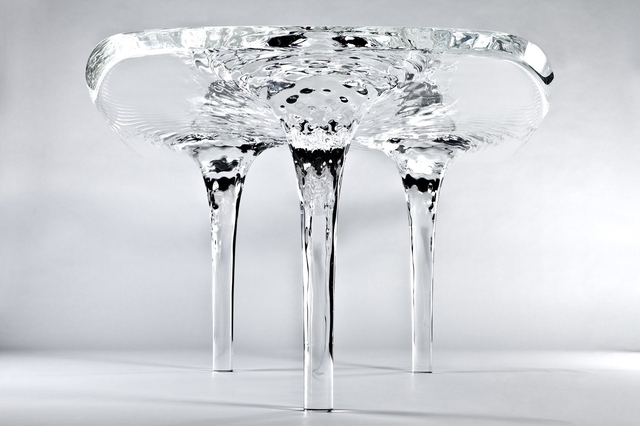Zaha Hadid: Legacy and Future
By: Giovanna Dunmall
Photo: Virgile Simon Bertrand, Yc Kwan, Hufton+Crow, LASVIT
Sara Klomps - Zaha Hadid Architects
What was it like to work closely with Zaha Hadid?
Sara Klomps: Working with Zaha was extremely rewarding because she challenged us to re-think and develop new ideas – often through experimenting. There was this incredible belief that inventing something new is good and that is what we should be doing. And it was always collaborative, you know, always about coming up with several options, challenging, exploring and discussing. Working with her was very demanding – if an idea had to be improved, we improved it, settling for second best was never an option. That kind of positivity and openness is what I personally enjoyed the most and what I think created this abundance of innovative ideas.
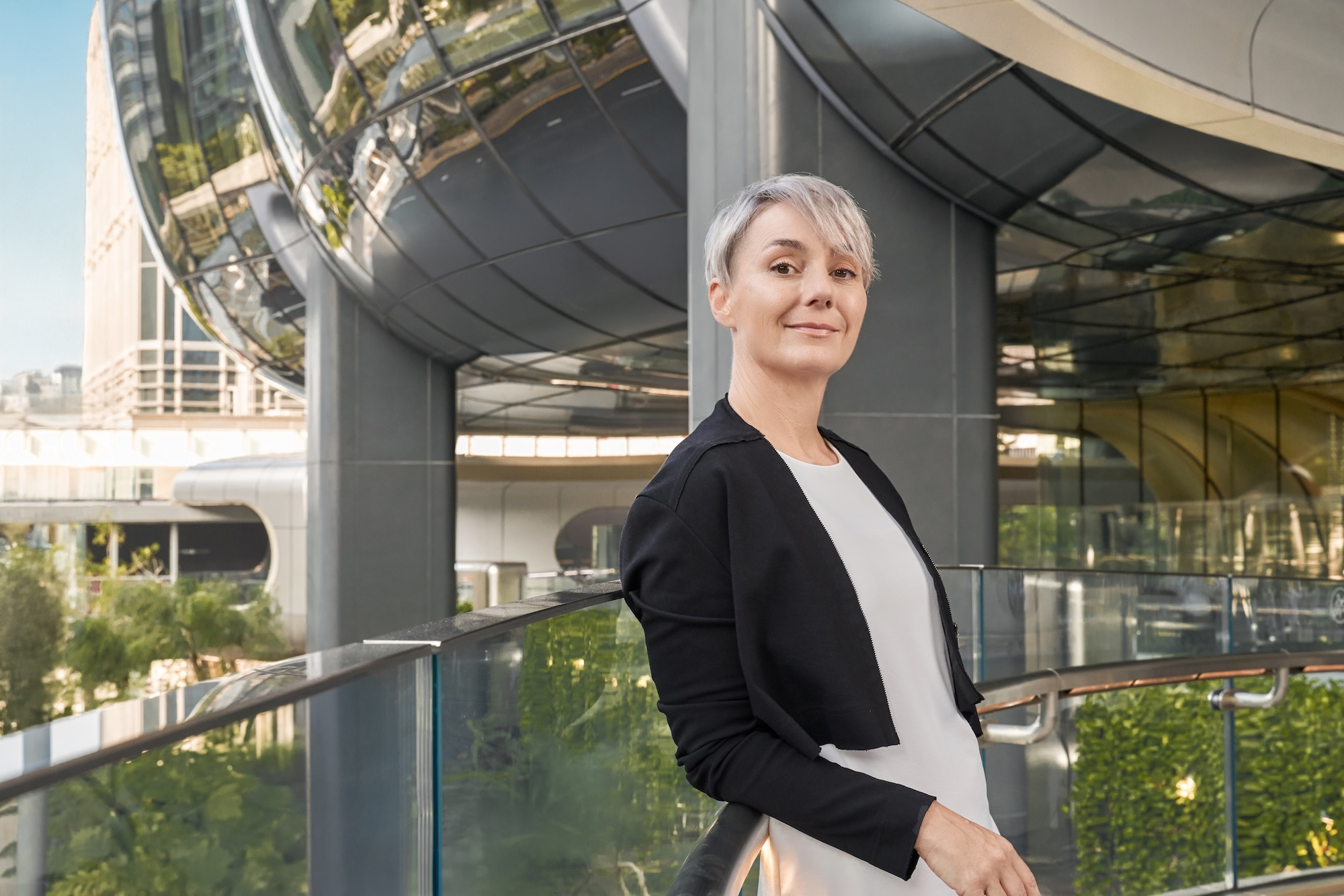
It’s interesting that you use the word collaborative because the media image of Zaha Hadid is that she was often uncompromising.
SK: Zaha was uncompromising in terms of creating the best design for whatever the brief was. She was incredibly hard on herself and also therefore demanding of us as her team. But she was also susceptible to what the client, or public, expected. She didn’t simply sit there and say ‘I know best’.
Maybe you also need to be a bit uncompromising to get great architecture done, especially as a woman.
SK: For sure. Especially if you challenge the status quo, if you do something that hasn’t been done before. And I do believe we were, and are, uncompromising in creating the best design solutions for our clients.
You are currently completing The Henderson in Hong Kong, a 36-storey office tower on a prominent site in the centre of the city. Can you tell me about the project?
SK: We won the competition in 2017, which is when I moved to Hong Kong to oversee the delivery. In Hong Kong, there is such a unique urban context because the city is organized on several levels. You have the ground floor, which is the vehicular level and then you have this footbridge network, which is on the first floor where all the pedestrians walk, so you often have lobbies on the upper levels. For The Henderson, we looked at the local context and the two parks around the site.
The Henderson has two lighting installations by Lasvit. Where are they?
SK: We came up with the idea of a 16m-long “kinetic” (motorized) lighting installation, incorporated in the underside of the footbridge. The other piece is a large organic chandelier in the ground floor lobby, which you can also experience from the footbridges.
What project of ZHA should we look out for?
SK: All of them! If I have to name one I would say the Central Bank of Iraq in Baghdad, which is completing soon. It is an important project to Zaha, because it’s situated in the country she was born. And we started the building with her, so it’s one of her last designs to complete.
Filipa Gomes - Zaha Hadid Design
For Zaha Hadid, design and architecture came from the same source, one grew out of the other, and doing design products and installations was also a way of experimenting with ideas.
Filipa Gomes: Yes, she definitely didn’t see it as separate worlds. And it’s pretty evident in the work we do that we don’t follow a traditional design methodology. It’s always about exploration, about stretching something further, either with the material or the technology. There’s no such thing as trends for us, that is not something that plays a role in our work, which is a privilege of course. I think Zaha also liked product design for its speed and more instant return. Architecture takes so long! Five, ten, sometimes even fifteen years! (Laughs)
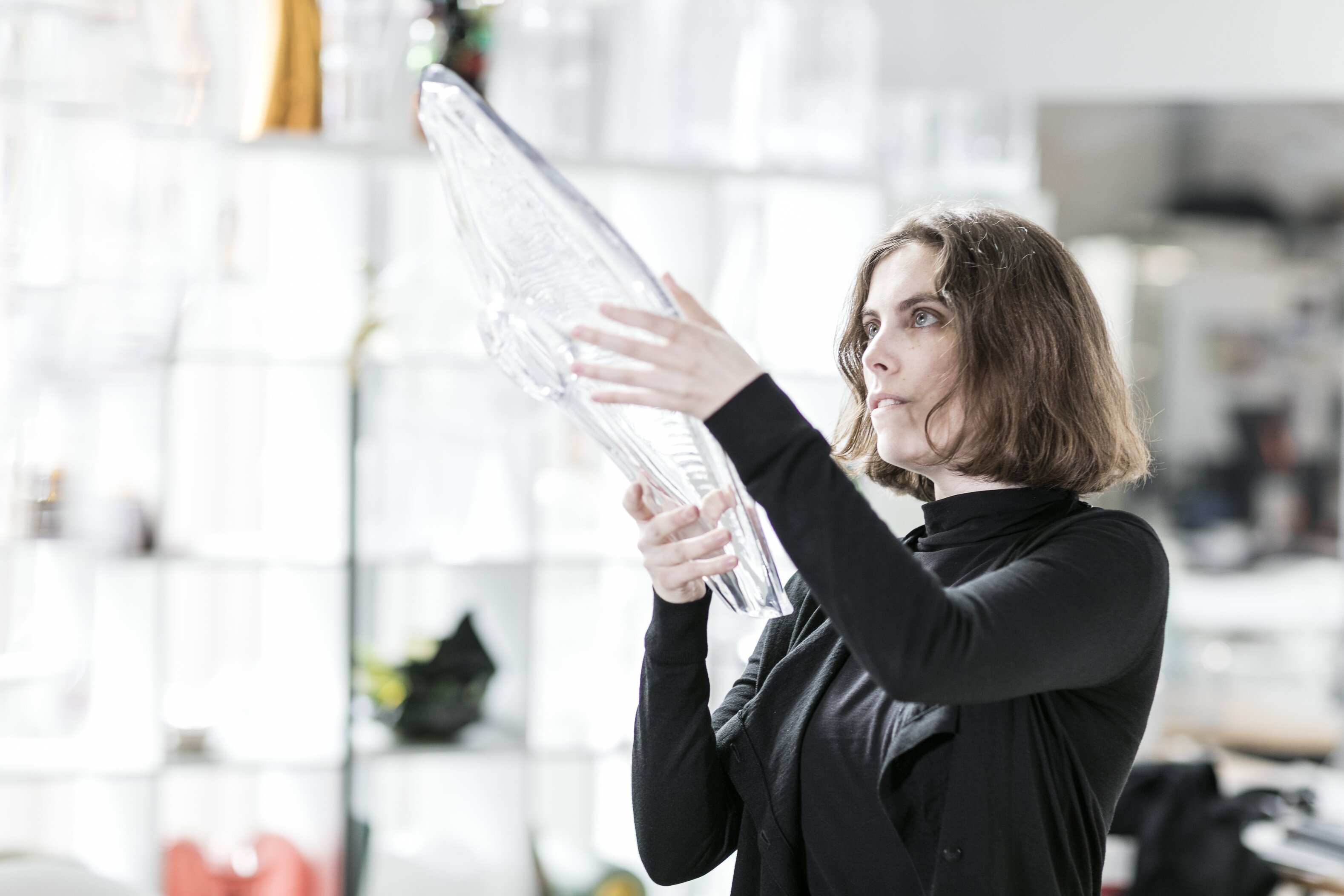
When you made the two lights - Duna and Eve - with Lasvit, Zaha had just died the year before. Was she involved in the design process?
FG: We had been talking on and off to Lasvit for a number of years and there was a good relationship between one of our directors and Lasvit. But when it was passed on to me, we started from scratch. We were very keen to work with Lasvit. Their ethos is a bit similar to ours, they like to break boundaries.
Did you visit the factory in Nový Bor where Lasvit was blowing glass?
FG: Yes, I was there twice. One of my favourite parts of a project is to go see the factory. Mostly because I inhabit this world that is populated by architects but I am a product designer. For me, going to see the production in the factory and understanding the process is a bit like going to the candy store. It lends itself to the design developing too. With Duna, we understood very quickly that it was going to be a metal mould design. But I really wanted Eve to be made with more traditional fabrication methods and then have the Zaha twist so, we changed some of the original sketches to make sense for the logic of how the lights were being produced, to incorporate some of the learnings.
What are a couple of ZHD’s most seminal or important products, in your view?
FG: The Alessi Crevasse vase was a big deal, not so much for technical reasons, as for the fact that it was one of the first big commercial projects for us and a piece for production. And it’s still very much on the market. Zaha was approached various times throughout the years to do a commercial design project but things wouldn’t move forward, as I think the design language didn’t always lend itself to products. There’s that classic story of when Rolf [Fehlbaum] approached Zaha to do a chair for Vitra and we ended up doing a fire station for Vitra but not a chair!
As a studio, you work across scales and typologies of design, from furniture to fashion and exhibitions, to mention a few.
FG: There’s no real limit to what we are prepared to try! And since 2014, we’ve had our own label, the Zaha Hadid Design collection, which is available to buy online. It is small scale accessories, glassware and decorative pieces and vases. We thought about growing it to furniture and lighting, but we think it would take too much away from the other work we still want to do. And we do all of it: design it, produce it (with production partners) and oversee the distribution. And remember, we are under ten people! I often feel that what we do is in that category of unattainable design, so it is nice to put something out in the world that still very much carries the ethos and identity of the brand, but that is more affordable.
What are some of the areas that ZHD would like to explore next?
FG: I think we’re always looking for people that are on the same wavelength, that want to do something different, that want to be ambitious. I think that’s key, because dealing with people you like working with really makes your day better or worse. We’re also trying to venture more into slightly larger scale pieces. We are exploring doing another big retrospective too, potentially in Chi¬na. Maybe it’s slightly nostalgic, but we are doing a lot of exploration of this idea of telling the whole story, explaining the timeline and how certain projects came to be; exploring how that relationship with design started.
